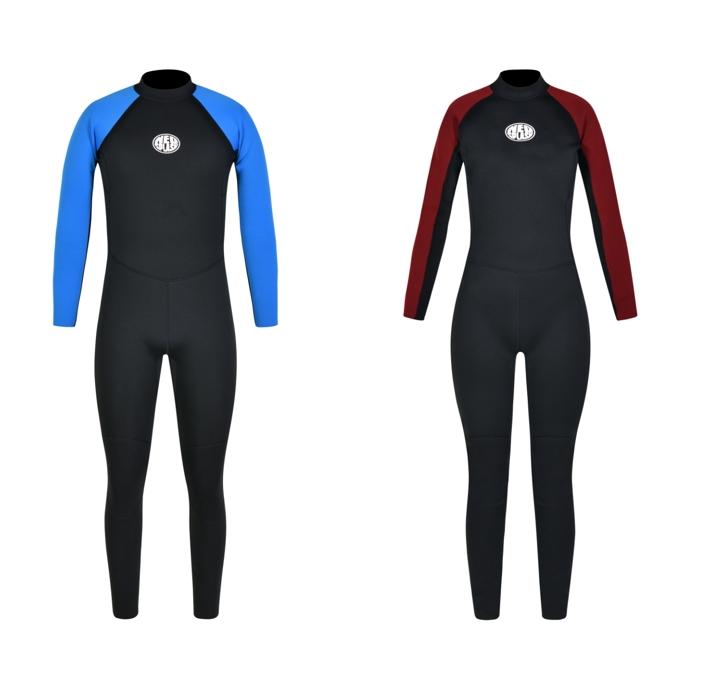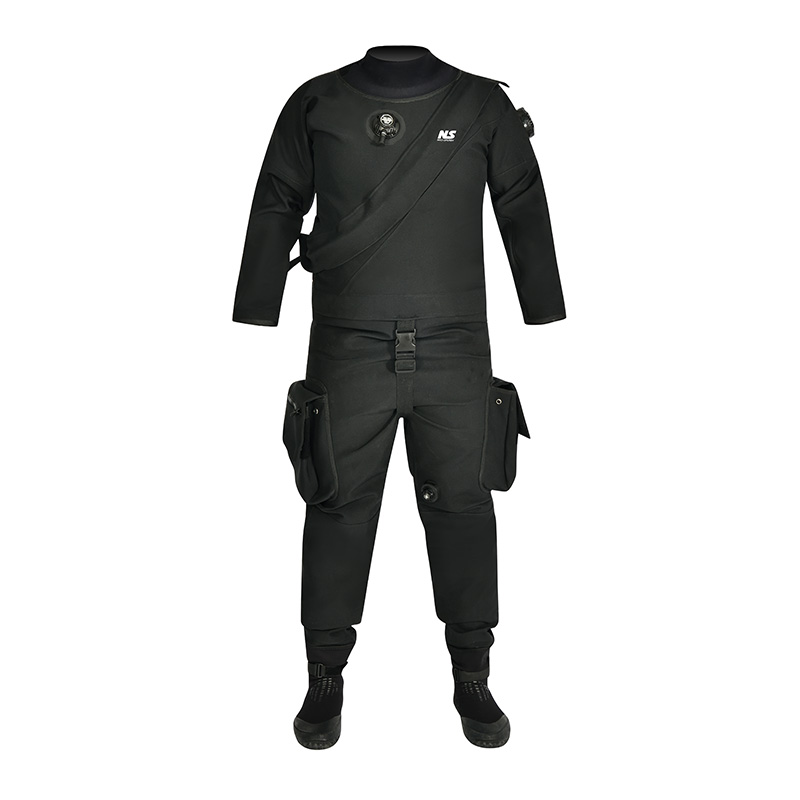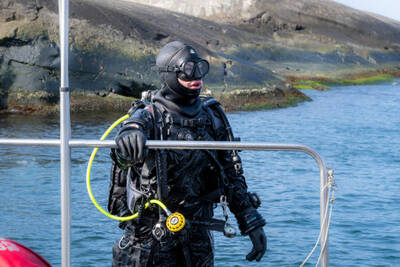Wetsuit vs. Drysuit: Which One Should You Choose?
-
When gearing up for water activities, knowing the difference between wetsuits and drysuits can make or break your experience. Both serve to protect against cold, but their designs and functions vary drastically.
Wetsuits are the go-to for mild to moderately cold water (10–25°C). Crafted from neoprene—a stretchy, insulating synthetic rubber—they work by trapping a thin layer of water between the suit and your skin. Your body heat warms this water, creating a natural barrier against the cold. This “wet insulation” is efficient for short to moderate exposures and offers unmatched flexibility, making them ideal for active sports like surfing, kayaking, or snorkeling. Neoprene’s buoyancy also adds stability, a bonus for beginners. However, they won’t keep you dry—water seeps in, and prolonged use in very cold conditions can still lead to heat loss.

Drysuits, on the other hand, are engineered for extreme cold (below 10°C) or extended time in water. Made from waterproof materials like Gore-Tex or latex, they feature tight seals at the wrists, ankles, and neck to prevent water from entering at all. Instead of relying on trapped water, they insulate through underlayers (like fleece or thermal tops) that you wear underneath, letting you adjust warmth based on conditions. This total dryness is critical for ice diving, cold-weather sailing, or any activity where staying dry prevents hypothermia. That said, drysuits are bulkier and less flexible, limiting mobility—trade-offs for their protective power.

In conclusion, wetsuits excel in moderate temperatures, offering flexibility and buoyancy for dynamic sports. Drysuits prioritize total dryness and customizable warmth, perfect for frigid, long-duration activities. Choose based on water temperature, activity type, and how long you’ll stay submerged—your comfort (and safety) depends on it.





